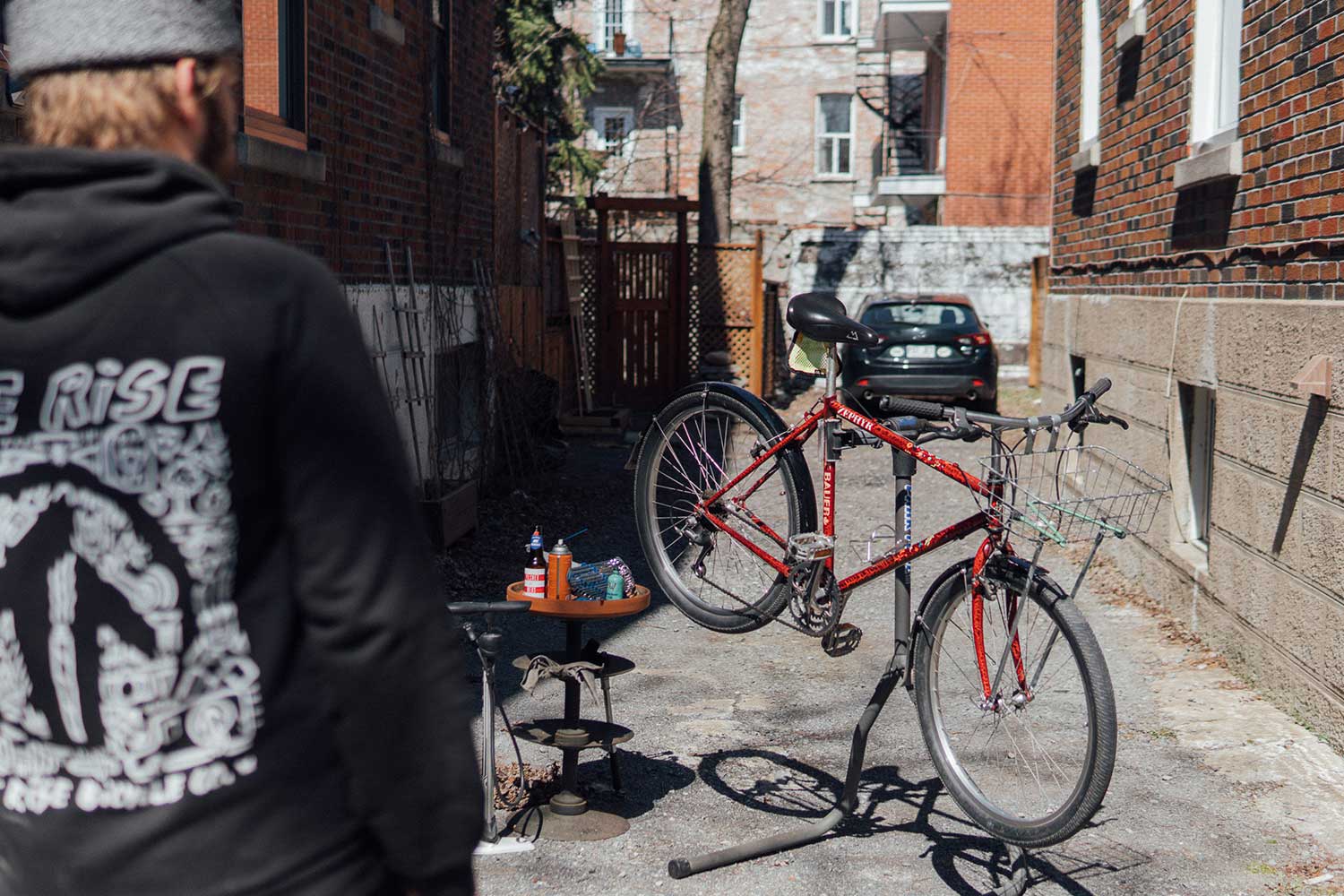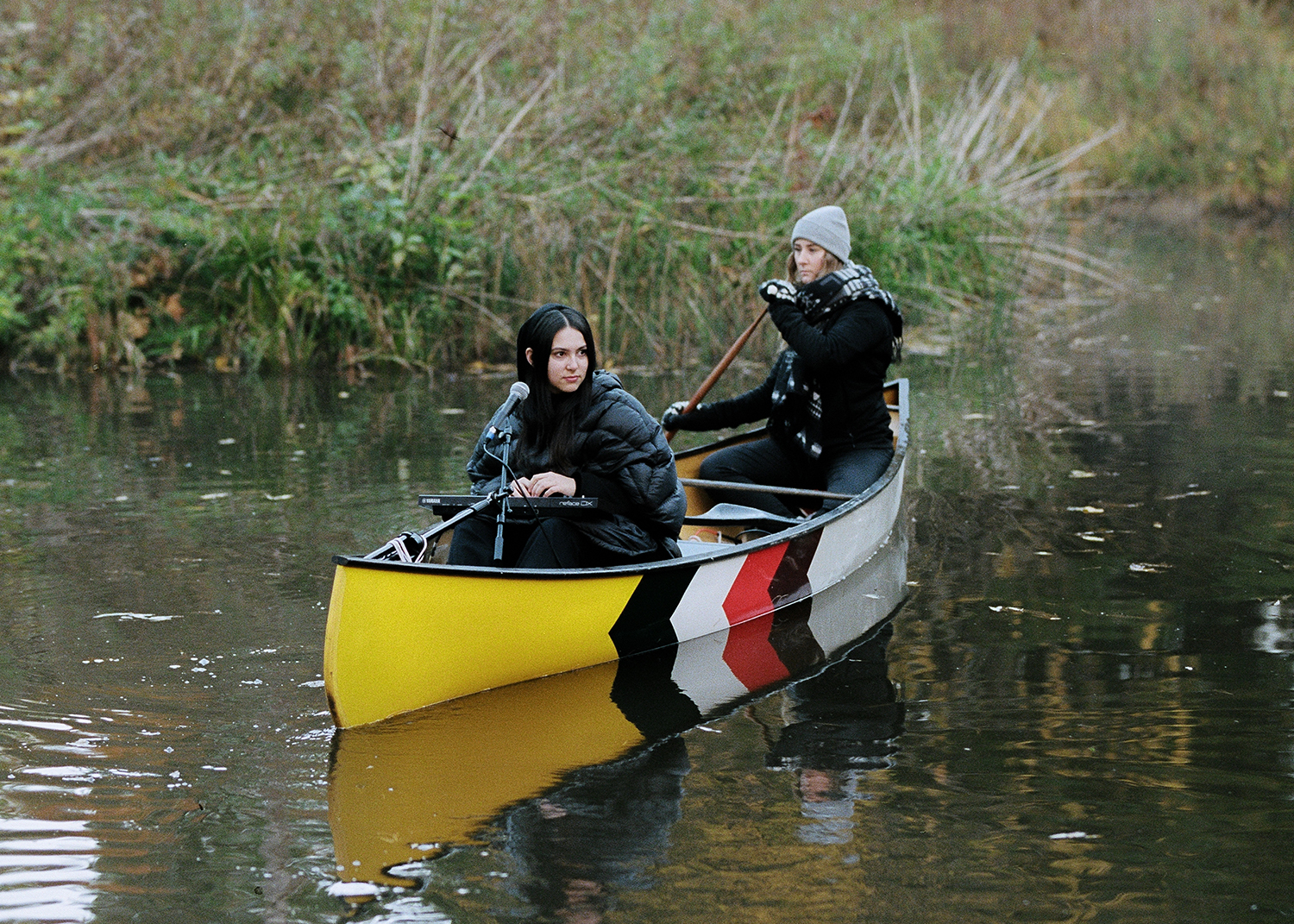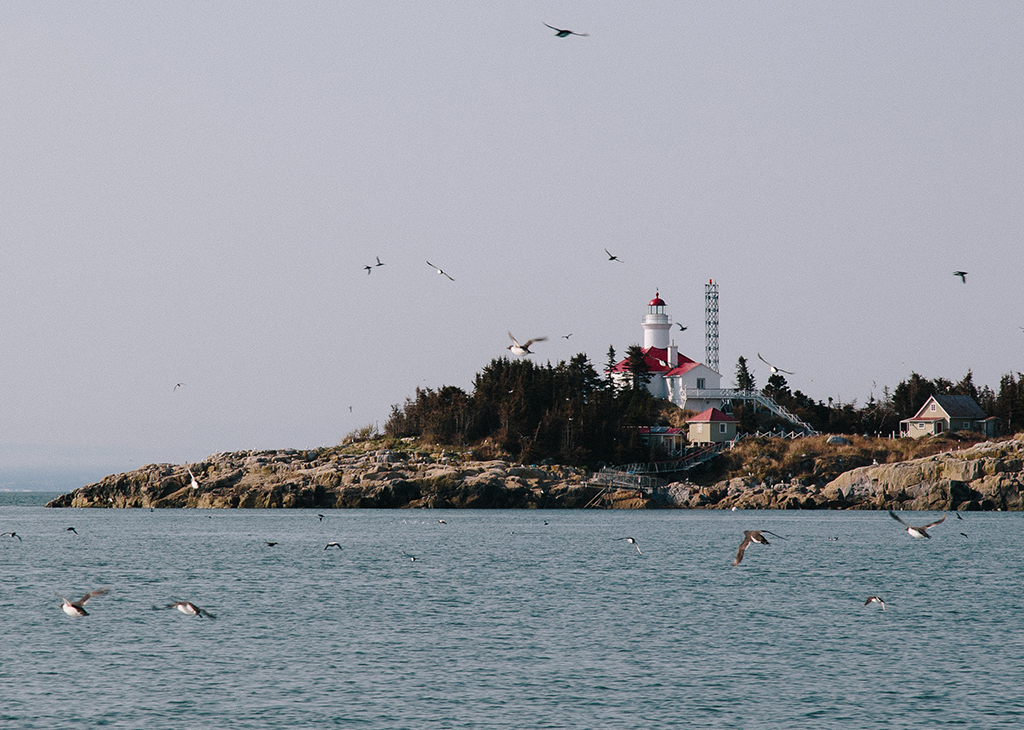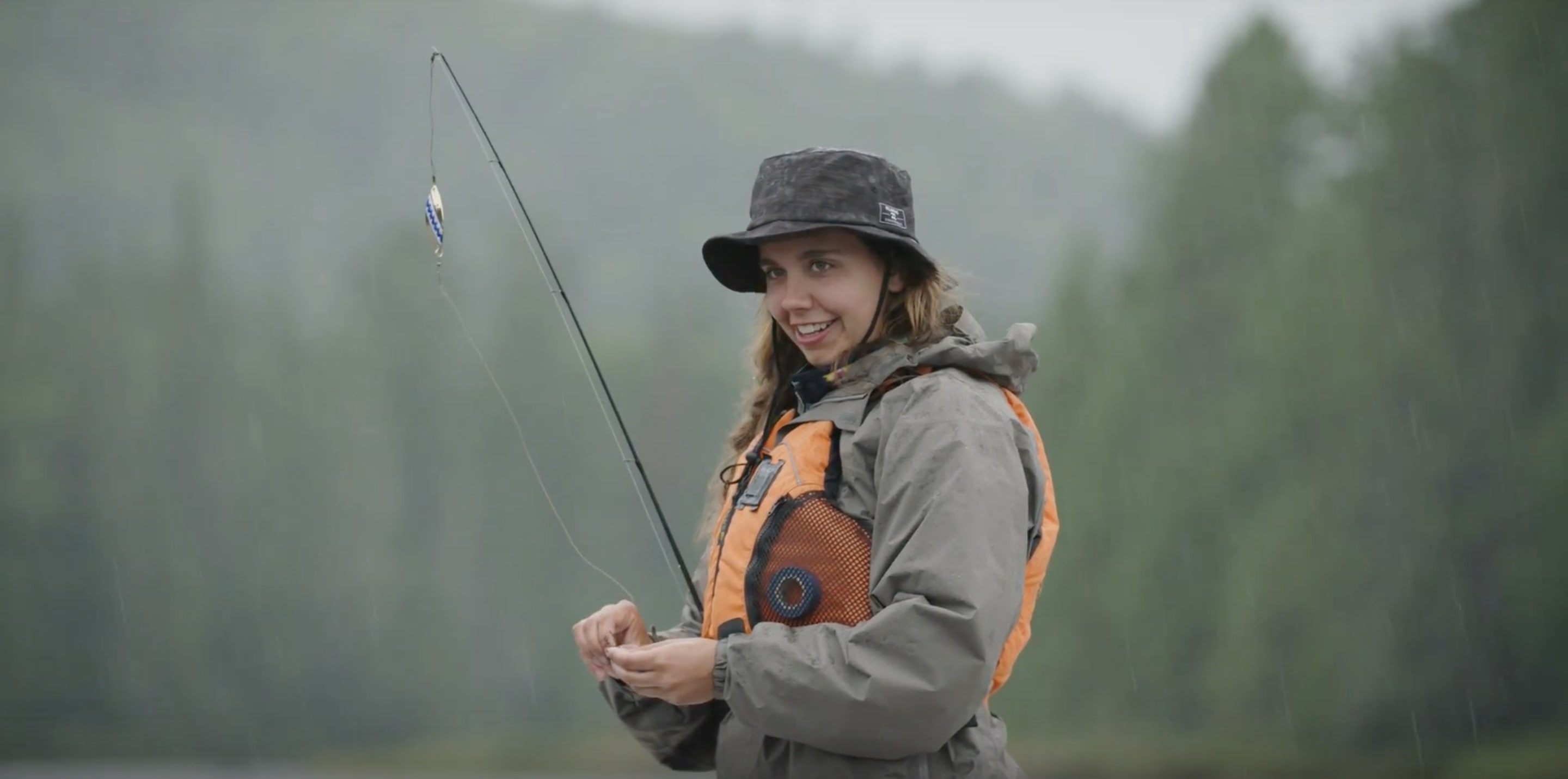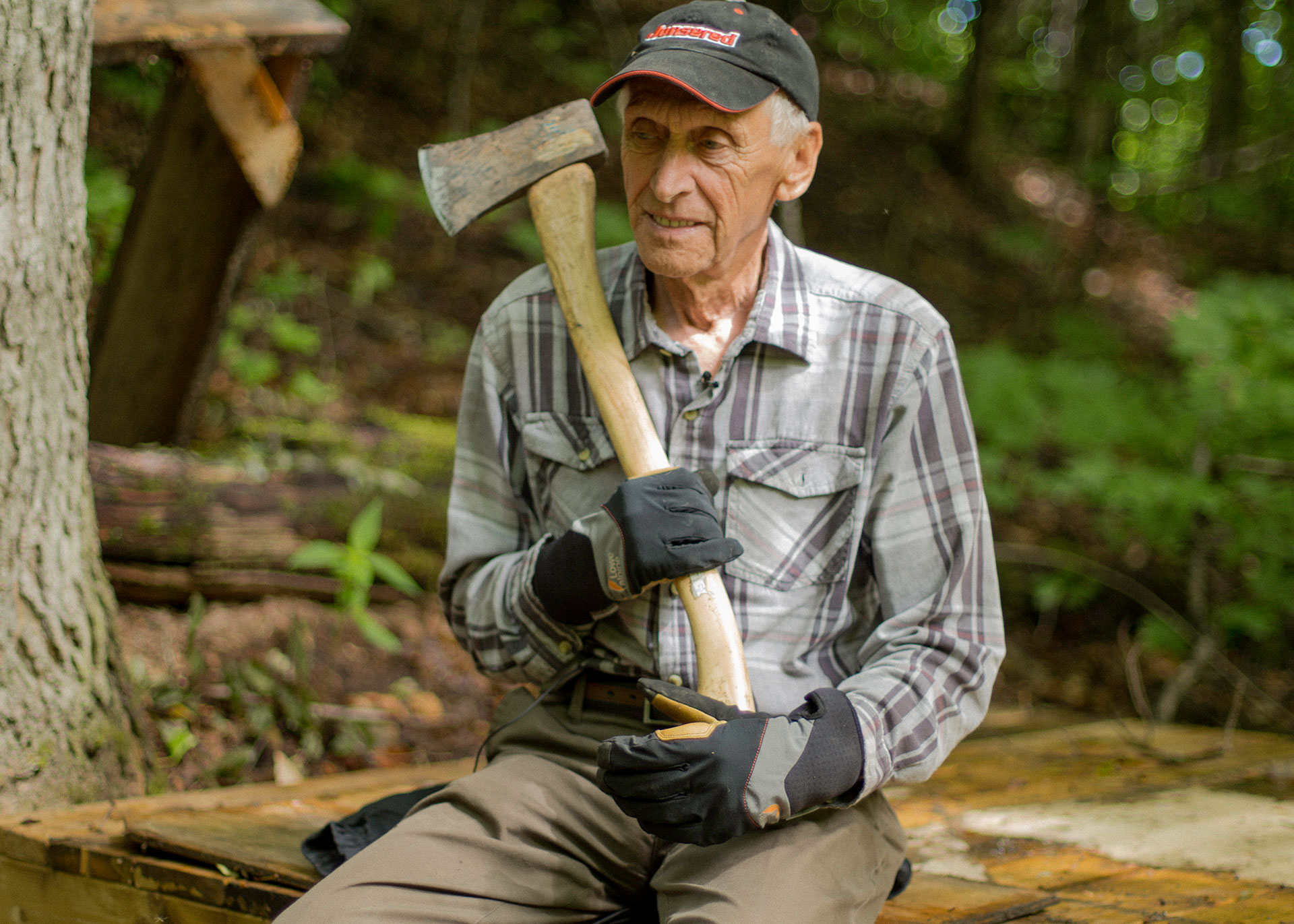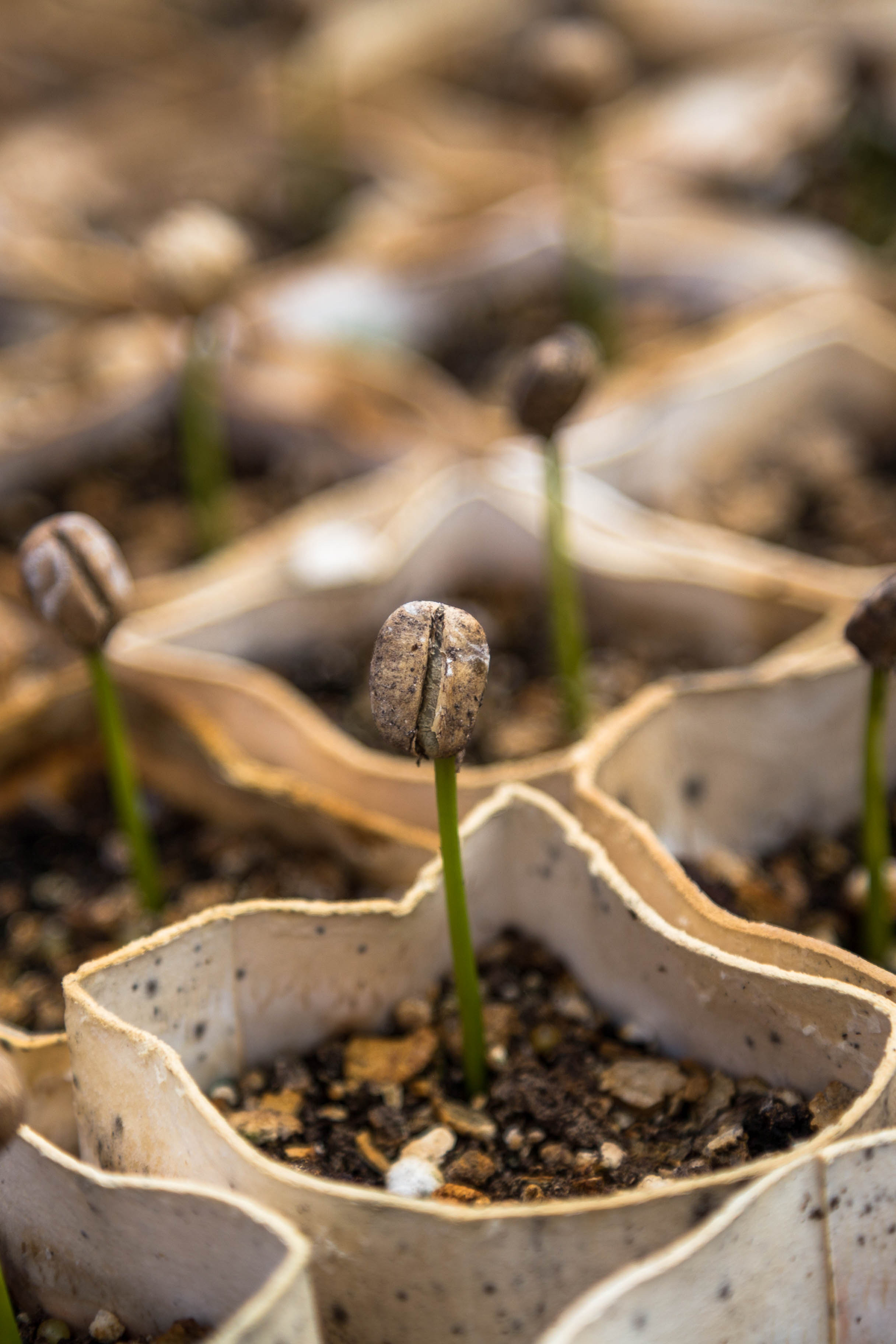BESIDE X ICEBREAKER
5 Naturally Amazing Materials to Help Cut Plastic from Your Life
Text—Mark Mann
Illustrations—Florence Rivest
Let’s be real: plastic knows some cool tricks. It’s cheap, light, and shockingly versatile.
Since the 1950s, plastic has filled up our entire lives. We sleep, stand, and sit on it (mattresses, flooring, chairs); cook, eat, and store our food with it (appliances, utensils, Tupperware), clean up after ourselves with it (sponges, bottles, brooms); carry and ship all our stuff with it (suitcases, containers, packaging); cover ourselves with it (acrylic and polyester clothing); look at the world through it (eyeglasses); and build our homes with it (pipes, cables, insulation). Plastic is so fantastically abundant, we’ve taken to making bottles and cups out of it, filling them with small amounts of liquid, taking a few sips, and then throwing them in the trash. Around the world, we throw out 500 billion plastic cups every year. We buy a million water bottles every minute. We’re shedding plastic all the time, even when we wash our clothes: a normal load of laundry can release 700,000 plastic microfibres into waterways.
One thing plastic can’t do is disappear. On the contrary, it takes a thousand years for some plastics to decompose. Along the way, plastic disintegrates into lots of tiny bits called microplastics. Many of these end up in the ocean, where they are consumed by small animals, who are in turn consumed by larger animals, passing the plastic up the food chain. Last year, a beached sperm whale was found with over 200 pounds of trash in its stomach. Some areas of the ocean have 60 times as much plastic as plankton. The North Pacific Garbage Patch contains roughly 80,000 tons of plastic, and, increasingly, tiny pieces of microplastic permeate the entire ocean. It’s a difficult problem to reckon with, because most of those plastics are only visible up close, under the surface.
The good news is that we still have a lot of alternatives to plastic. Here are five incredible, fascinating substances that not only aren’t synthesized from fossil fuels but are, in many ways, even better than plastic. Seriously, be amazed.
Founded in 1995, Icebreaker makes ethically produced, high-performance outdoor apparel providing sustainable alternatives to synthetic-based clothing. Eighty-four per cent of their current product range is made from natural fibres such as merino wool and Tencel™ (a fibre derived from sustainably sourced eucalyptus plants), so that consumers have the option to make a transformative choice in what they wear. Merino wool clothing has a lighter environmental footprint than other fabrics because it is naturally biodegradable and odour- resistant, therefore requiring less washing, which in turn limits microfibres from entering the waterways.
Today, 64 per cent of new clothing is made with petrochemical-based synthetics like polyester, nylon, and lycra, which release hundreds of thousands of plastic microfibres with each wash, often ending up in our oceans and waterways, eventually being digested by marine animals in the wild. To raise awareness of this issue and create the opportunity for critical scientific research, Icebreaker partnered with The Vortex Swim and Ben Lecomte for the swim through the centre of the Pacific trash vortex in 2019.




